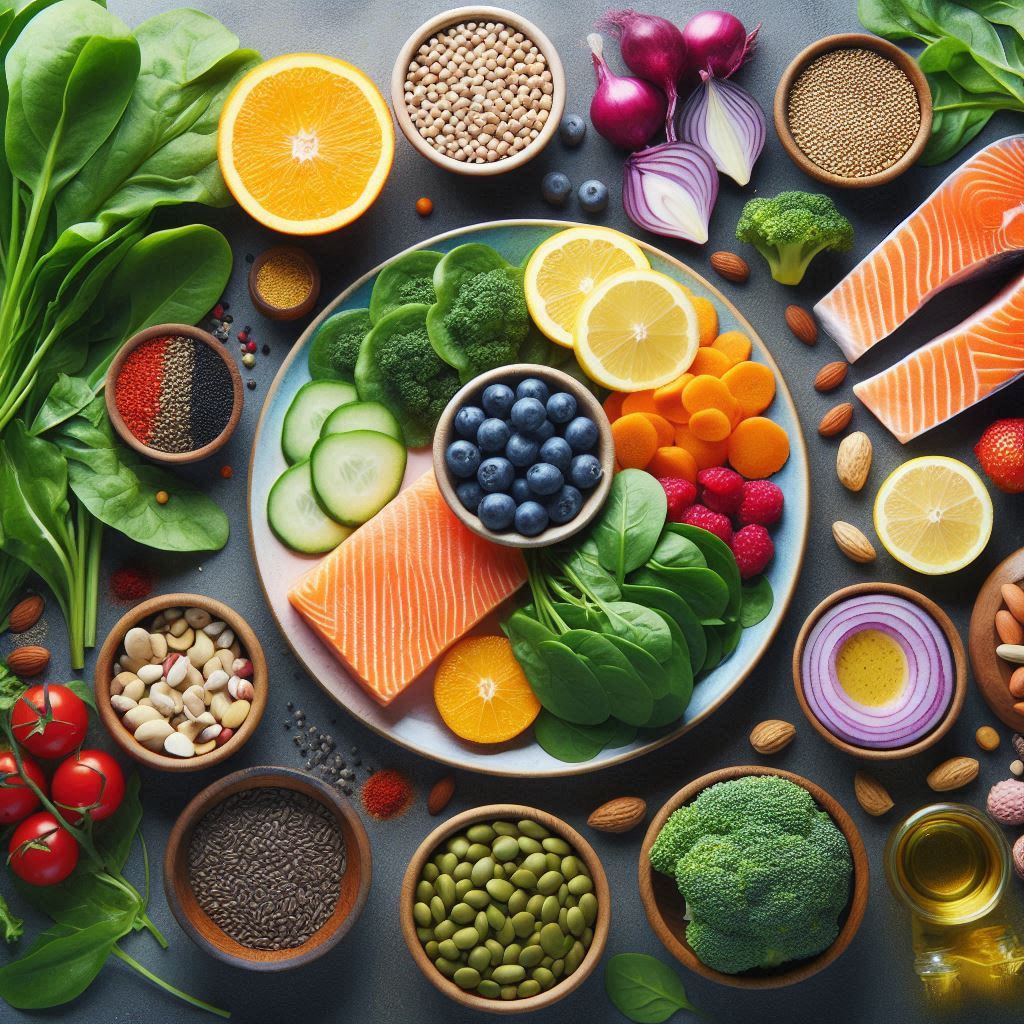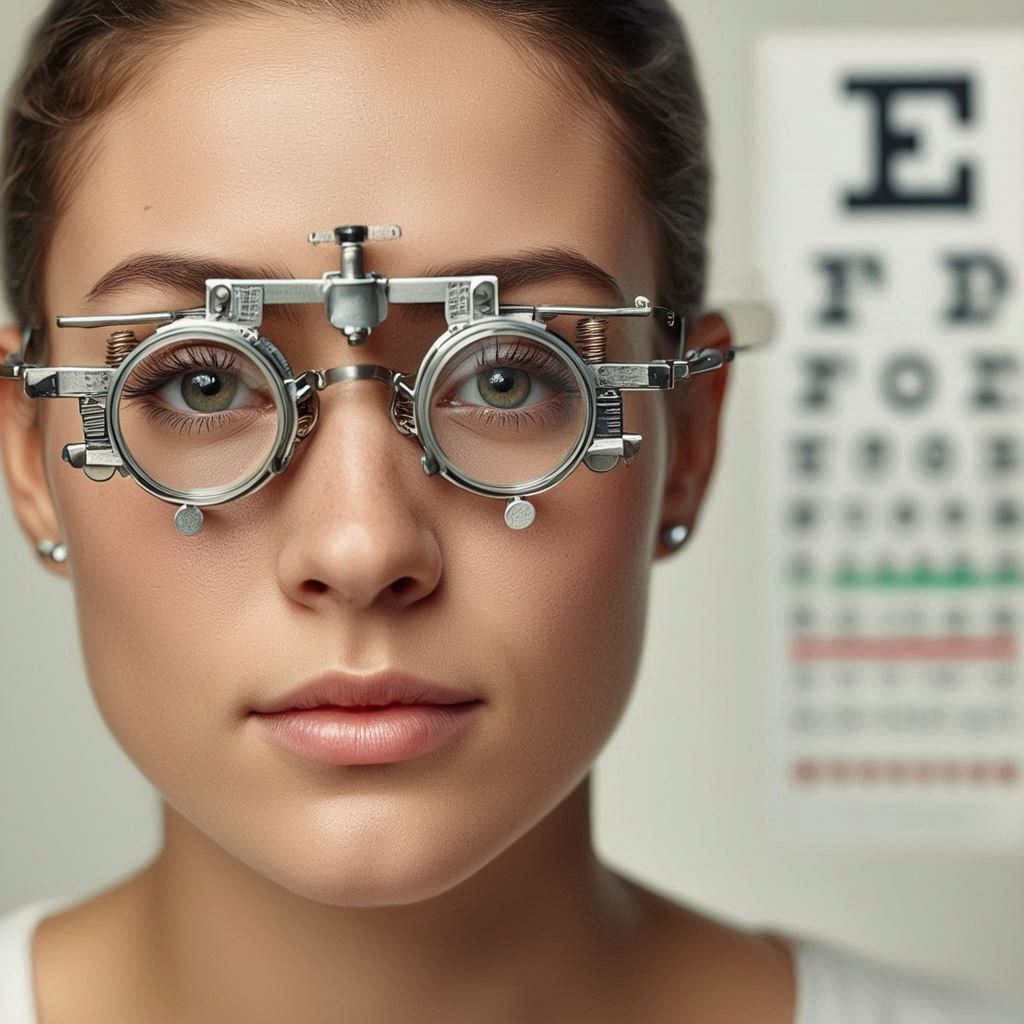
Boost Your Eye Health
👁️ Boost Your Eye Health
By Chih-Chi Lee | Behavioural Optometrist | 8 October 2024
When we think about nutrition, we often focus on heart health, weight management, or energy levels—but what about our eyes? Just like the rest of our body, our eyes rely on a steady supply of nutrients to function optimally and stay healthy over time. A well-balanced diet rich in specific vitamins and minerals can help protect your vision and reduce the risk of common eye conditions such as:
- Cataracts – Clouding of the lens caused by protein breakdown, leading to blurry vision and difficulty seeing at night.
- Age-Related Macular Degeneration (AMD) – Damage to the macula, the central part of the retina, which impairs detailed vision.
- Dry Eye Disease – A condition caused by insufficient lubrication on the eye’s surface, often linked to screen time, medications, and environmental factors.
Early intervention can make a big difference if you’re experiencing symptoms like blurry vision, eye discomfort, or trouble seeing in low light.
🥦 Nutrition and Eye Health: A Vital Connection
Your eyes are complex organs that require a variety of nutrients to stay healthy. Vitamins A, C, and E, along with zinc, lutein, zeaxanthin, and omega-3 fatty acids, play a crucial role in maintaining visual function and protecting against age-related decline.



